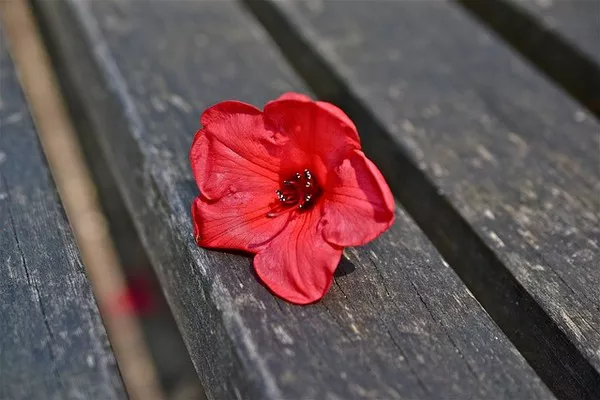Hibiscus flowers, with their vibrant colors and delicate petals, are not only visually appealing but also have culinary uses in various cultures around the world. Often used in teas, jams, and even salads, these flowers are known for their tart flavor and potential health benefits. However, when it comes to our furry companions, the question arises: can dogs safely consume hibiscus flowers? In this comprehensive guide, we’ll delve into the nutritional content of hibiscus flowers, potential health benefits and risks for dogs, and best practices for incorporating them into your pet’s diet.
Understanding Hibiscus Flowers: Nutritional Content
Before exploring whether dogs can eat hibiscus flowers, it’s essential to understand their nutritional composition. Hibiscus flowers contain various vitamins, minerals, and antioxidants, including vitamin C, anthocyanins, and flavonoids. These compounds contribute to the flower’s vibrant color and potential health benefits.
However, hibiscus flowers also contain certain compounds that may be problematic for dogs. Oxalates, for example, are naturally occurring substances found in many plants, including hibiscus flowers. In high concentrations, oxalates can contribute to the formation of kidney stones in dogs, making it crucial to moderate their intake.
Potential Health Benefits of Hibiscus Flowers for Dogs
While research specifically on the effects of hibiscus flowers on dogs is limited, some potential health benefits can be extrapolated from studies on humans and other animals. Hibiscus flowers are known for their antioxidant properties, which may help neutralize free radicals and reduce inflammation in the body. Additionally, the high vitamin C content in hibiscus flowers could potentially support immune function in dogs.
In traditional medicine, hibiscus flowers have been used to support digestive health and regulate blood pressure. While these benefits have not been extensively studied in the context of canine health, some dog owners may choose to incorporate hibiscus flowers into their pet’s diet under the guidance of a veterinarian.
Potential Risks of Hibiscus Flowers for Dogs
Despite the potential health benefits, there are also risks associated with feeding hibiscus flowers to dogs. As mentioned earlier, the presence of oxalates in hibiscus flowers can be problematic, especially for dogs prone to kidney issues or urinary tract problems. High levels of oxalates can contribute to the formation of kidney stones, which can cause discomfort and potentially lead to more severe health issues if left untreated.
Furthermore, some dogs may have allergic reactions to hibiscus flowers or other components of the plant. Signs of an allergic reaction in dogs may include itching, swelling, gastrointestinal upset, or difficulty breathing. If your dog exhibits any of these symptoms after consuming hibiscus flowers, it’s essential to seek veterinary attention promptly.
Best Practices for Introducing Hibiscus Flowers to Your Dog’s Diet
If you’re considering incorporating hibiscus flowers into your dog’s diet, it’s crucial to do so in moderation and under the guidance of a veterinarian. Here are some best practices to follow:
Consult with Your Veterinarian: Before introducing any new food or treat into your dog’s diet, consult with your veterinarian. They can provide personalized recommendations based on your dog’s health status, dietary needs, and potential sensitivities.
Moderation is Key: While hibiscus flowers may offer some health benefits, they should be given to dogs in moderation. Limit the amount of hibiscus flowers your dog consumes to reduce the risk of adverse effects.
Monitor for Adverse Reactions: Keep a close eye on your dog after introducing hibiscus flowers into their diet. Watch for any signs of allergic reactions, digestive upset, or changes in urinary habits.
Consider Alternative Treats: If you’re unsure about feeding hibiscus flowers to your dog or if your dog has a known sensitivity to oxalates, consider offering alternative treats that are safe and appropriate for canine consumption.
Choose High-Quality Sources: If you decide to feed hibiscus flowers to your dog, choose high-quality, organic sources to minimize the risk of pesticide or chemical exposure.
Prepare Hibiscus Flowers Safely: If you’re using fresh hibiscus flowers, ensure they are thoroughly washed and free of any pesticides or contaminants before offering them to your dog.
Conclusion
In conclusion, while hibiscus flowers may offer some potential health benefits for dogs, they also come with certain risks that dog owners should be aware of. Before incorporating hibiscus flowers into your dog’s diet, consult with your veterinarian to ensure it’s appropriate for your pet’s specific health needs. Additionally, always introduce new foods in moderation and monitor your dog for any adverse reactions. By following these guidelines, you can safely explore whether hibiscus flowers are a suitable addition to your dog’s diet.

